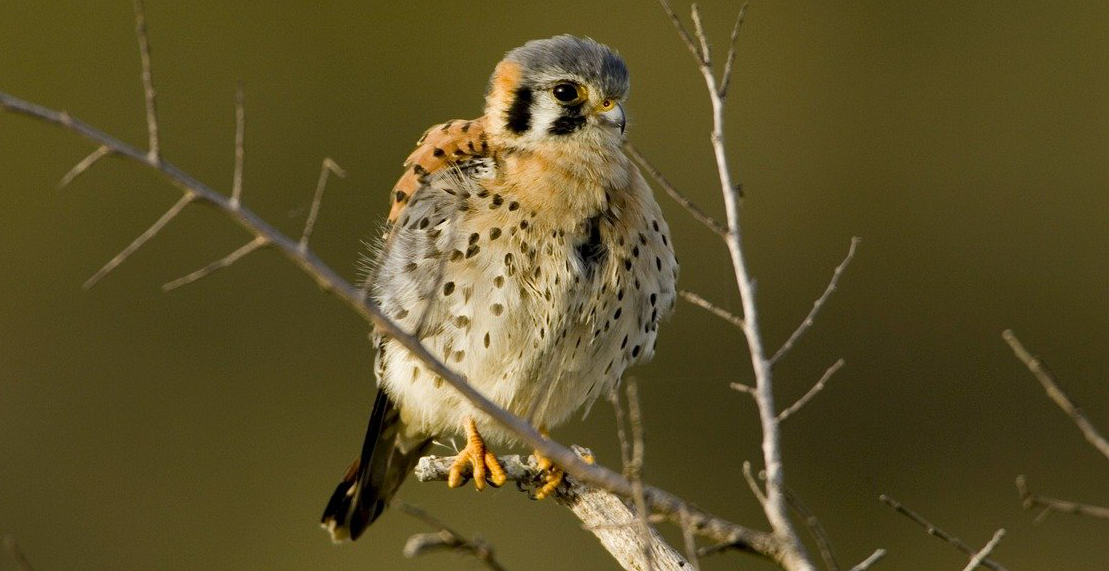The South Downs National Park is blessed with stunning views and a huge variety of natural habitats. From chalky downlands and rocky cliffs to natural woodlands and wild meadows, the area provides a rich ecosystem for a wide variety of birds.
Around the farmlands it is possible to see lapwings, yellowhammers and barn owls among a variety of other more common birds such as green finches and wood pigeons. Many of the more specialist birds, such as skylarks and grey partridges, tend to be solely reliant upon farmlands for their feeding requirements and benefit enormously from specific conservation measures.
Wildflower meadows and swathes of grass, where grazing from sheep and cattle is less common is one of the beautiful features of the South Downs Way. These are ideal habitats for a number of ground nesting birds including the curlew, whinchat and corn buntings. One particularly rare bird which loves heathland, is the Woodlark. Their nests are simply in a dent in the ground among grass or heather, so it’s important to stay on the tracks to avoid accidental damage during the breeding season between March & August.
Birling Gap in East Sussex, is one of the most popular walking areas of the South Downs National Park and is where many birds species are starting to make a comeback. The raven, which can be as big as a buzzard, has returned to breed on the cliffs. A favourite bird of ours in this area is the Stonechat with its distinctive call. This bird doesn’t like harsh winters so moves south to the milder southern coast line in the cold months.
The Fulmar is the most popular cliff nester at the Birling Gap and can often be seen stiffly flying along the cliff line.
If like us, you never tire of seeing buzzards and kites, then all along the South Downs Way you’ll be in for a treat! Buzzards are common in this area and have a call that sounds similar to a seagull. Once you hear it, look up and you’ll probably see a group flying together and they’re are fascinating to just stop and watch. Other popular birds of prey in this area are kestrels and it would be unusual if you didn’t see at least one. Sparrowhawks and Marsh Harriers can also be spotted thanks to a plentiful supply of mice and smaller birds. In winter, although not common, it is also possible to spot a hen harrier if you’re lucky!
Although not technically located in the South Downs National Park, the RSPB Pulborough Brooks is well worth a mention. Situated just outside of Pulborough, on the edge of the national park, this area is a place of special scientific interest and provides a rich and diverse landscape dedicated to the protection of many birds and wildlife. One of their star attractions is the Peregrine falcon who is a regular during winter! For more information about their work and what to expect, please visit their website – https://www.rspb.org.uk/reserves-and-events/reserves-a-z/pulborough-brooks/

